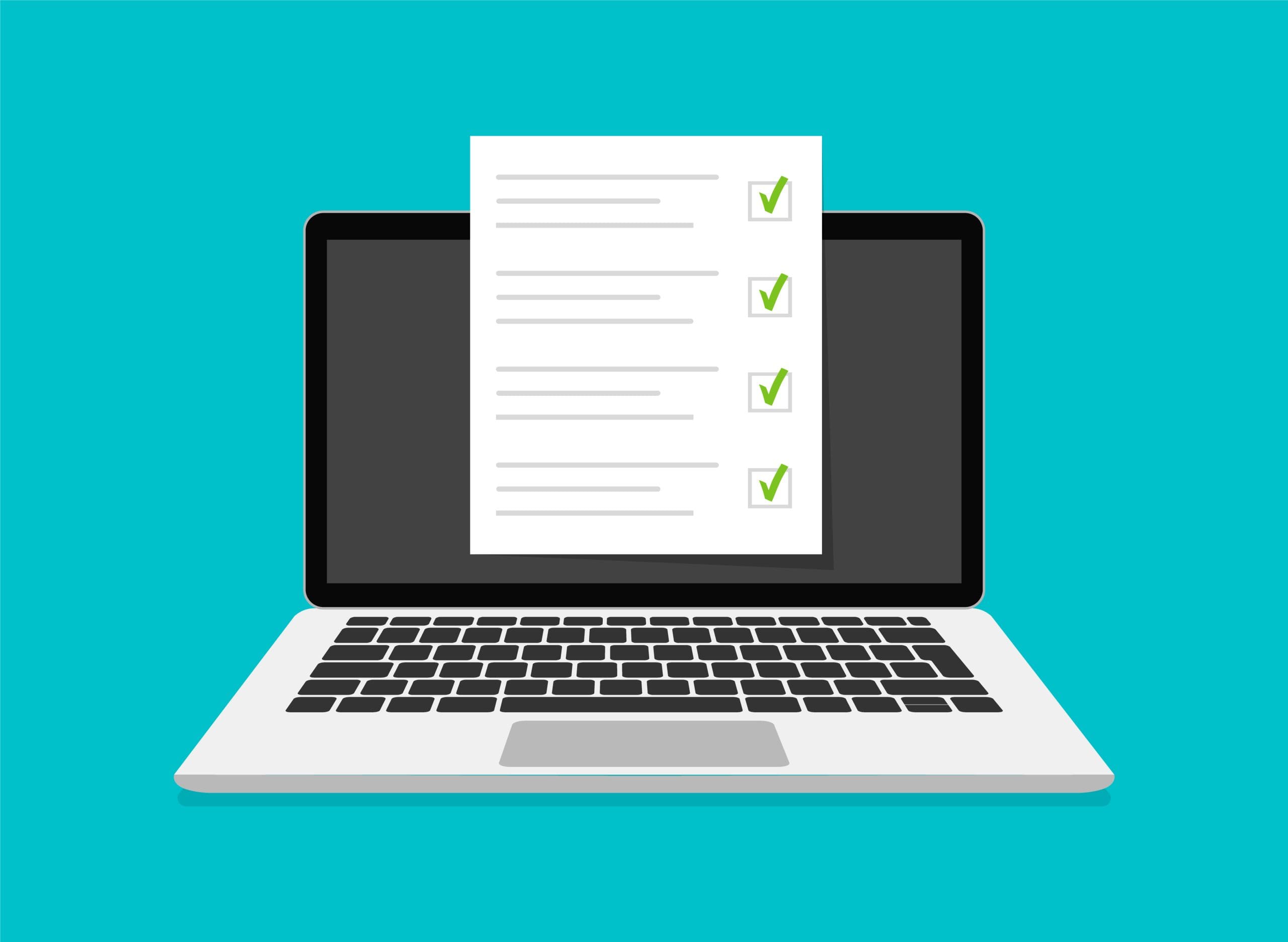
This article discusses the DMCA takedown process, which protects creators as well as online publishers in copyright matters.
The internet makes it easier than ever to distribute and share creative work. Unfortunately, this ease also means it’s not difficult for works to be misused or stolen.
Luckily, the Digital Millennium Copyright Act (DMCA) exists to protect creators as well as websites that may unknowingly violate copyrights.
There are various types of digital works that can have a copyright, including:
- Articles and blog posts
- Audio files and music
- Films and videos
- Graphics and images
- Product designs
- Software code
With a formal takedown process, copyright holders can maintain control over their work, and website owners have the chance to solve a problem before it spins out of control.
It’s possible to create a robust, positive online reputation even if you’re starting from zero or rebounding from a PR crisis. Explore our services or call us at 844-230-3803 for more information.
What Is a DMCA Takedown Notice?

A DMCA takedown notice is a formal request made under the Digital Millennium Copyright Act. It allows copyright holders to ask online service providers to remove content that infringes on copyright.
The takedown process is used for user-generated content (UGC) on search engines, social media sites and websites, such as:
- Amazon and Etsy
- Facebook and Instagram
- Google Search
- YouTube
Importantly, it’s a legal tool to remove copyrighted material without having to go to court. The service provider is required to act on a valid notice from the copyright holder to avoid legal trouble.
This maintains safe harbor protections, which are legal provisions that provide immunity from liability or penalty when the online service provider follows the conditions.
What Is the Digital Millennium Copyright Act?

The DMCA was passed by Congress in 1998 to amend existing copyright laws and address situations regarding copyright and the internet. The three primary updates made in 1998 were:
- The notice and takedown requirement established protection for online service providers if users infringed on copyright.
- Copyright owners felt safer sharing their work via digital formats thanks to protections against accessing those works by unauthorized means.
- It became unlawful to provide incorrect copyright management information (such as the name of the copyright owner or the title of a work) and to change or remove that information.
We work with clients to help them build their online reputation and take control of their digital presence. Give us a call at 844-230-3803 to learn more about our services.
How Does a DMCA Takedown Work?
In this section, we’ll go over the steps involved in the takedown process.
Determining Fair Use
The first unofficial — but very important — step is for the copyright holder to determine if the content is protected under fair use.
Fair use is a legal doctrine that’s part of United States copyright law. It allows for the use of copyrighted materials in certain circumstances, such as:
- Comment
- Criticism
- News reporting
- Research
- Teaching
If an individual files a false DMCA notice, there are consequences. For example, the person who sent the notice may be liable for damages. Additionally, the victim may be able to recover attorney’s fees and other legal costs from the individual who filed the notice.
Fair Use Analysis
There’s a four-step analysis used to determine whether or not the use of copyrighted material is protected under fair use policies. The four factors considered are:
- Nature of the Work: The type of work is considered. A creative work is less likely to be protected under fair use than an educational one, for example.
- Character and Purpose of the Use: This considers if the use of the material was for commercial, educational or non-profit purposes. It also determines if the use was transformative, which means it added something to the original work.
- Amount and Substantiality of the Portion Used: The amount of copyrighted work that was used is considered. This steps compares the part of the work that was used against the entire work.
- Market Effect: This factor determines if the use of the work could harm the market for the original material.
Fair use is considered on a case-by-case basis by a court.
Writing and Sending the Notice

Next, the copyright holder or their representative sends a written notice to the service provider’s DMCA agent.
The takedown notice should include the following:
- Identification of the copyrighted material.
- The location of the material on the platform or website.
- A truthful statement that the notice contains accurate information and that the holder of the copyright has the right to take action on the posted content.
- An electronic or physical signature by the copyright holder.
Be sure to include all of the necessary information in the notice. Otherwise, it may not be considered an official takedown request.
Receiving the Notice and Disabling Access
When the service provider receives the notice, they must disable access to the material or remove the material from the platform. This is necessary in order to avoid liability.
Notifying the User and Counter-Notifications
The provider will then notify the user who posted the material and give them the chance to respond to the takedown notice.
The user has the option to send a counter-notice to the service provider if they feel the content shouldn’t have been removed. If a counter-notification is filed, the service provider may be allowed to reinstate the content.
To combat this, the copyright holder must file a lawsuit with a certain timeframe.
Best Practices When Filing a Takedown Notice
- Verify copyright registration and ownership of the copyright. This ensures you don’t accidentally file a false takedown notice.
- Keep records of all correspondence.
- Send a formal notice, not a casual one through a social media DM or comment.
- Consider consulting a legal professional if the situation is complicated.
Why Do DMCA Takedowns Matter?

The takedown process is particularly important for brands, creators and companies that want control over their content and their online reputation. Takedowns offer the following benefits to copyright holders:
- Protection of their intellectual property
- Prevention of revenue loss due to misused content
- Maintaining brand integrity and recognizability
- Legal options without having to file a lawsuit
For the purposes of online reputation management (ORM), takedown notices can be used to remove defamatory or stolen content that’s damaging the creator’s digital presence. ORM experts can also help to clean up search results if copyright material was posted maliciously.
Along with submitting content removal request and creating a content suppression strategy, takedown notices help to manage an individual’s or brand’s presence on the internet.
OnlineReputation.com provides information and services to help you protect your digital presence. Get started with a free online reputation analysis here.
You might also like
TAKE IT DOWN Act: Removing Harmful Online Content
This article discusses the DMCA takedown process, which protects creators as well as online publishers in copyright matters. The internet …

